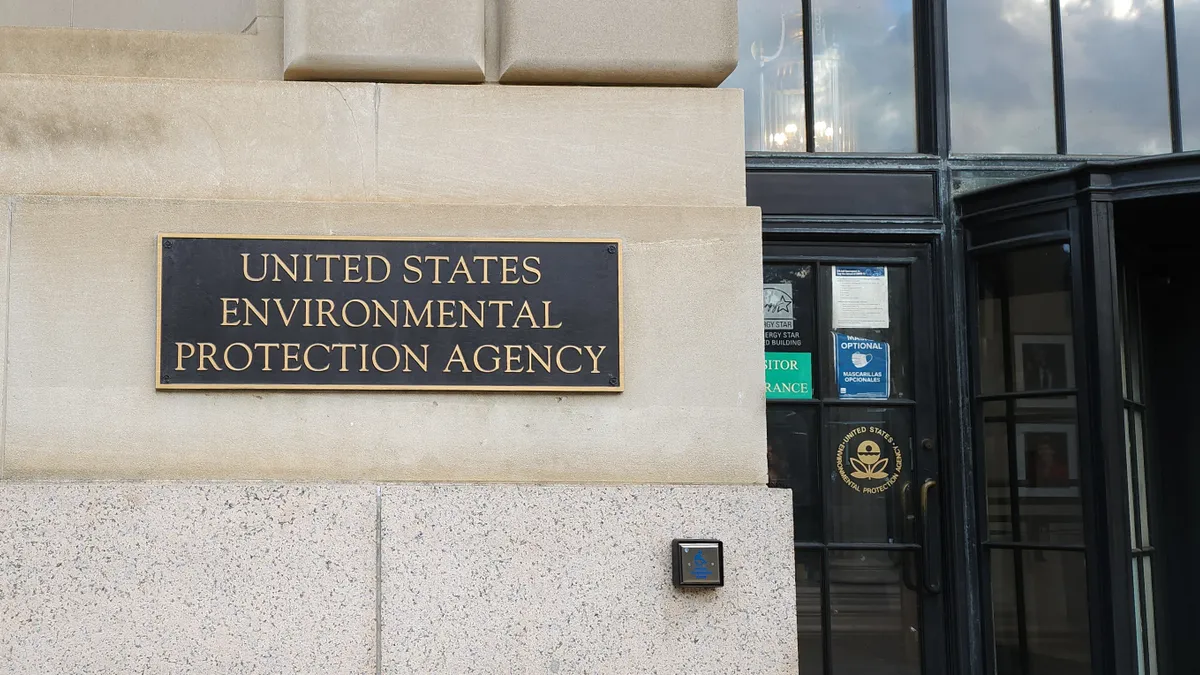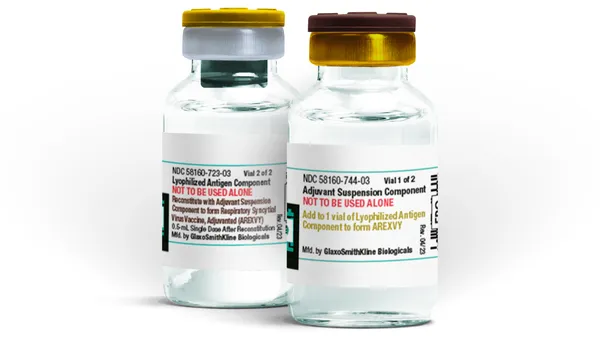Approximately 200 chemical plants across the U.S. must soon dramatically reduce their toxic air emissions after the Environmental Protection Agency finalized a rule last week that aims to cut 6,200 tons of toxic air pollution each year.
Chemicals covered by the updated rule include ethylene oxide and chloroprene, which are known to cause cancer and other severe health effects. Affected plants include facilities that produce synthetic organic chemicals and a variety of polymers and resins, including neoprene, according to the EPA.
The rule will go into effect 90 days after its official version is published on the Federal Register. The prepublication version is now available from the EPA.
“We promised to listen to folks that are suffering from pollution and act to protect them,” EPA Administrator Michael Regan said in a statement. “We deliver on that promise with strong final standards to slash pollution, reduce cancer risk, and ensure cleaner air for nearby communities.”
The new rule is estimated to cost the industry roughly $522 million to implement and $194 million a year to maintain, according to the agency.
The finalized rule intends to help decrease cancer risks related to air toxics, particularly in underserved communities near the 200 plants that produce synthetic organic chemicals, with a concentration of the facilities in Louisiana and Texas. Many of those facilities are owned by corporations such as Dow, BP, BASF, Honeywell and 3M.
The EPA first proposed the rule last April and while most of the requirements have remained the same, the agency has made some changes based on public comments, according to the news release.
Changes in the finalized rule include modifying the compliance deadline to begin monitoring emissions of six chemicals for organic chemical manufacturers — benzene, 1,3-butadiene, chloroprene, ethylene dichloride and vinyl chloride.
The EPA moved the deadline from one to two years due to public comments saying facilities and laboratories need more time to prepare for the monitoring programs. Chloroprene producers will have 90 days to comply.
The American Chemistry Council said in an April 9 statement it will review the EPA’s finalized rule and its impacts on the industry. Still, the trade group said it was concerned with some aspects of the rule, such as a lower cap on ethylene oxide emissions.
“Some of the new restrictions threaten to affect the production of chemistries that are needed for countless everyday products and are used in key industries, including agriculture, healthcare, semiconductors, and electric vehicle batteries,” the ACC said in a statement. “Unfortunately, the value’s continued application in this rule along with EPA’s reliance on outdated emissions data has led to a final rulemaking based on inflated risks and speculative benefits.”











